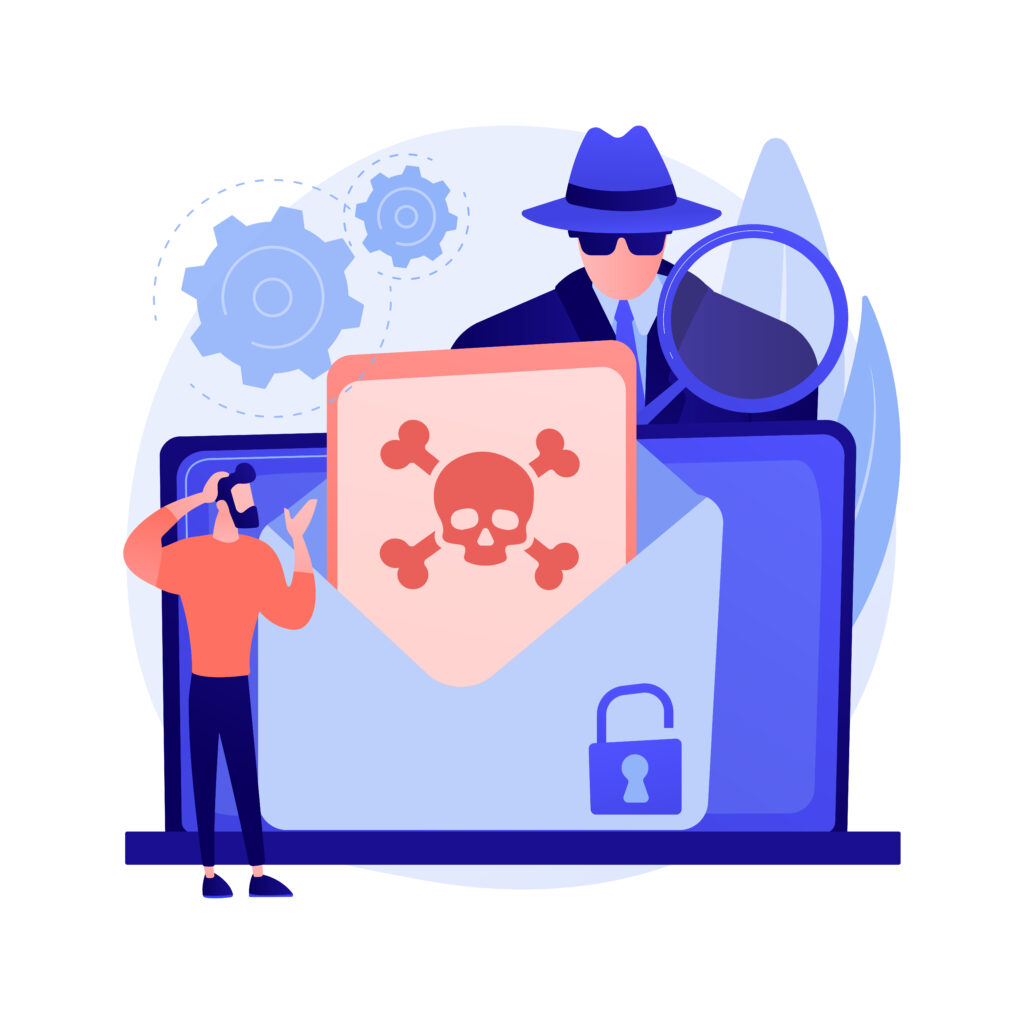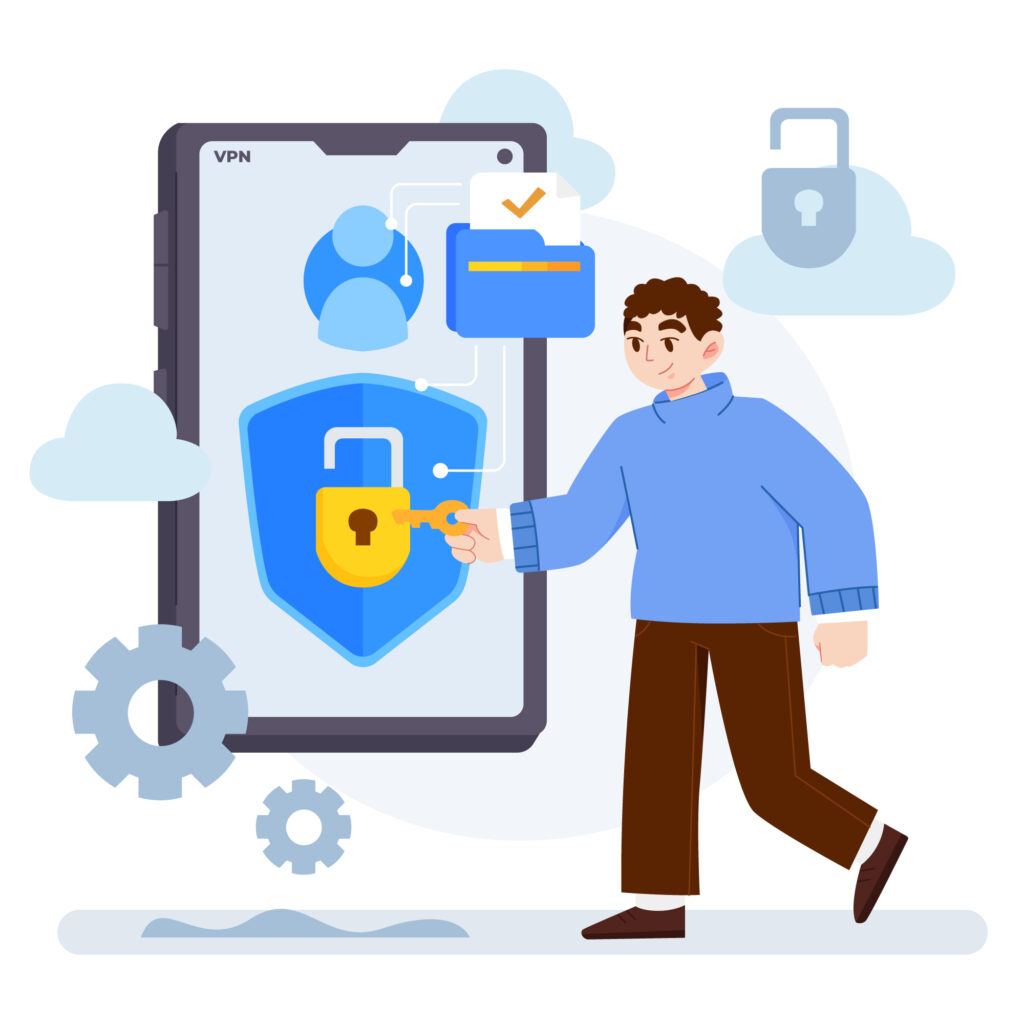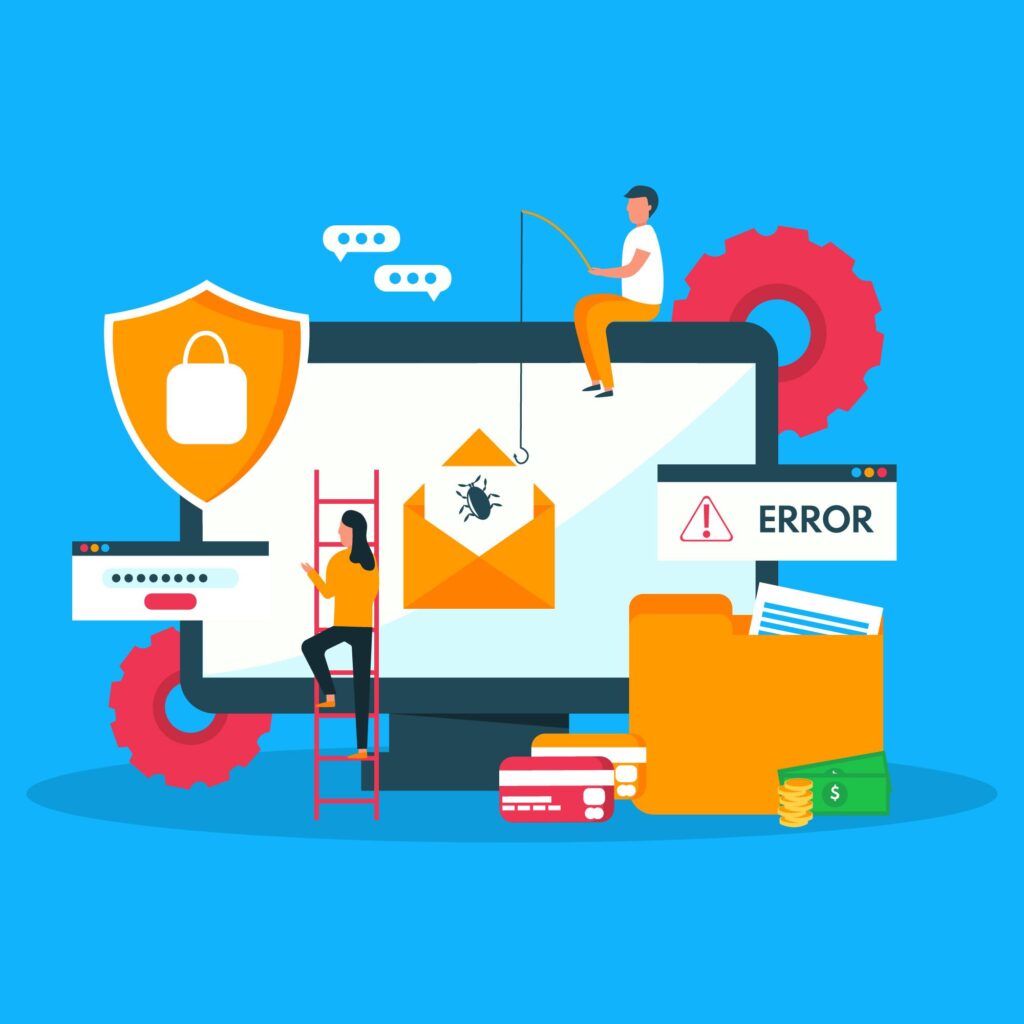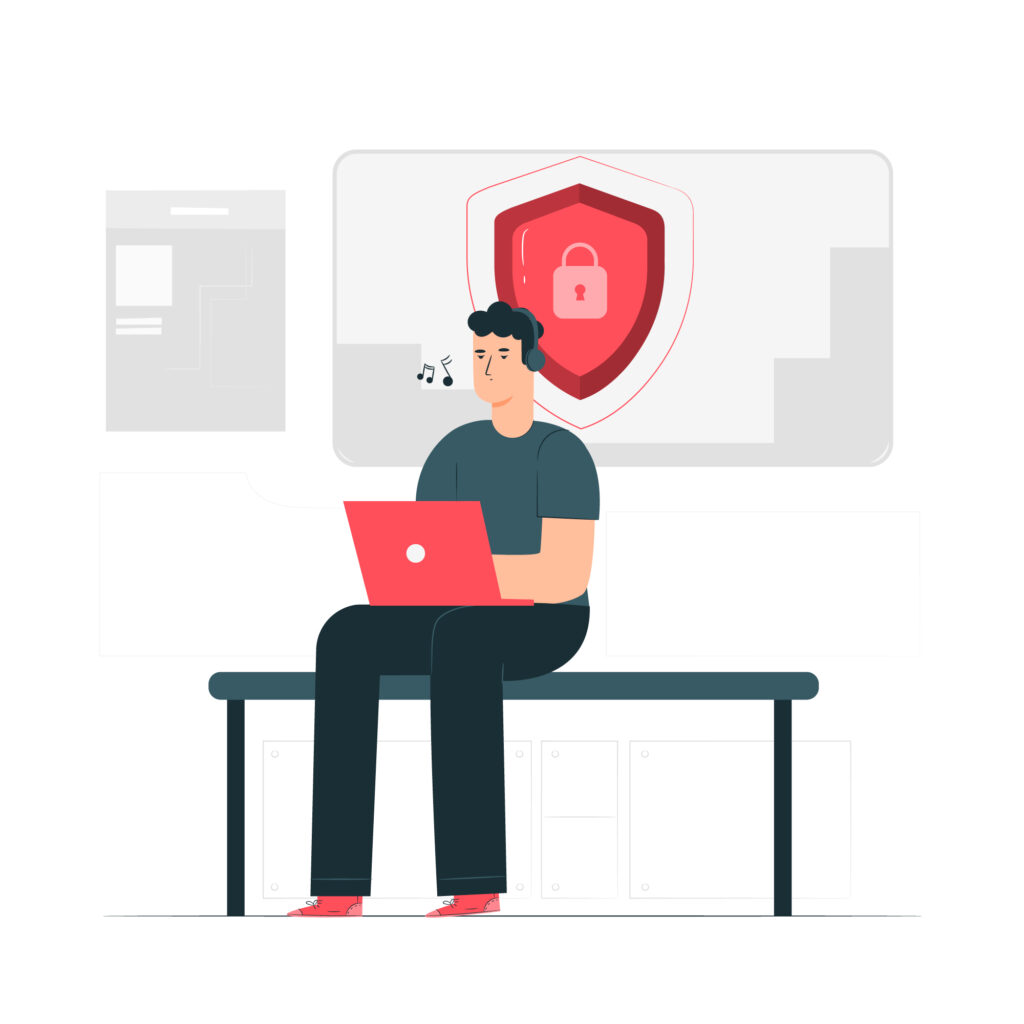 By: John Abhilash / July 23, 2024
By: John Abhilash / July 23, 2024
In today’s rapidly evolving digital landscape, cybersecurity risk management has become an indispensable practice for organizations of all sizes. This comprehensive guide will delve into the intricacies of cybersecurity risk management, providing you with practical insights, tools, and strategies to safeguard your digital assets effectively.
Understanding Cybersecurity Risk Management
Cybersecurity risk management is the ongoing process of identifying, assessing, and mitigating potential threats to an organization’s information assets. It involves a systematic approach to managing the risks associated with the use, processing, storage, and transmission of information or data.
Key components of cybersecurity risk management include:
Risk identification
Risk assessment
Risk mitigation
Risk monitoring and review
Cybersecurity risk management is not a one-time effort but a continuous cycle of improvement and adaptation. As threats evolve, so must your strategies to combat them.
Implementing a robust cybersecurity risk management program is crucial for several reasons:
Protects valuable assets and sensitive information
Ensures business continuity and resilience
Maintains customer trust and brand reputation
Complies with regulatory requirements
Reduces financial losses associated with cyber incidents
In an era where data breaches make headlines almost daily, effective cybersecurity risk management is not just advisable – it’s essential for long-term business success.
A well-structured framework is essential for effective cybersecurity risk management. Popular frameworks include:
a) NIST Cybersecurity Framework : The National Institute of Standards and Technology (NIST) Cybersecurity Framework provides a flexible and risk-based approach to managing cybersecurity risks. It consists of five core functions: Identify, Protect, Detect, Respond, and Recover.
b) ISO 27001 : This international standard provides a systematic approach to managing sensitive company information. It helps organizations establish, implement, maintain, and continually improve their information security management system (ISMS).
c) COBIT : (Control Objectives for Information and Related Technologies) COBIT is a framework for the governance and management of enterprise IT. It helps organizations create optimal value from IT by maintaining a balance between realizing benefits and optimizing risk levels and resource use.
d) FAIR : (Factor Analysis of Information Risk) FAIR is a quantitative model for information security and operational risk. It provides a structured approach to understanding, analyzing, and measuring information risk.
These frameworks provide a structured approach to identifying, assessing, and managing cybersecurity risks. Organizations often adapt elements from multiple frameworks to create a tailored approach that best fits their needs.
3.Steps in the Cybersecurity Risk Management Process
Step 1: Risk Identification
Conduct asset inventory: Catalog all hardware, software, data, and other IT assets.
Identify potential threats and vulnerabilities: Consider both internal and external risk factors.
Use threat intelligence feeds to stay informed about emerging risks.
Step 2: Risk Assessment
Evaluate the likelihood and potential impact of identified risks.
Prioritize risks based on their severity and potential consequences.
Use quantitative and qualitative assessment methods for a comprehensive view.
Step 3: Risk Mitigation
Develop and implement risk treatment plans.
Select appropriate security controls and countermeasures.
Consider options like risk avoidance, risk reduction, risk sharing, and risk acceptance.
Step 4: Risk Monitoring and Review
Continuously monitor the effectiveness of implemented controls.
Regularly review and update the risk management strategy.
Conduct periodic reassessments to identify new risks or changes in the risk landscape.
4.Tools and Techniques for Cybersecurity Risk Management
Several tools and techniques can aid in the cybersecurity risk management process:
a) Vulnerability Scanners:
Nessus: Comprehensive vulnerability assessment tool
OpenVAS: Open-source vulnerability scanner and manager
Qualys: Cloud-based vulnerability management solution
b) Penetration Testing Tools:
Metasploit: Widely-used penetration testing framework
Burp Suite: Web application security testing tool
Nmap: Network discovery and security auditing tool
c) Security Information and Event Management (SIEM):
Splunk: Powerful platform for searching, monitoring, and analyzing machine-generated data
IBM QRadar: Advanced SIEM solution with AI capabilities
LogRhythm: NextGen SIEM platform with user and entity behavior analytics
d) Governance, Risk, and Compliance (GRC) Platforms:
RSA Archer: Integrated risk management solution
MetricStream: Enterprise-wide GRC and quality management platform
LogicManager: Risk management software for identifying, assessing, and monitoring risks
5.Best Practices for Effective Cybersecurity Risk Management
To optimize your cybersecurity risk management efforts:
Establish a risk-aware culture throughout the organization
Regularly update your risk assessment and treatment plans
Implement a layered security approach (defense-in-depth)
Conduct regular employee training and awareness programs
Stay informed about emerging threats and vulnerabilities
Develop and test incident response and business continuity plans
Engage in threat modeling to anticipate potential attack vectors
Implement strong access controls and authentication mechanisms
Regularly patch and update systems and applications
Encrypt sensitive data both at rest and in transit
6.Challenges in Cybersecurity Risk Management
Common challenges in cybersecurity risk management include:
Rapidly evolving threat landscape
Resource constraints (budget, skilled personnel)
Balancing security with business operations
Addressing risks in complex, interconnected systems
Managing third-party and supply chain risks
Keeping up with regulatory compliance requirements
Dealing with legacy systems and technical debt
Addressing insider threats
Managing risks in cloud and hybrid environments
Quantifying cybersecurity risks for executive decision-making
7.Emerging Trends in Cybersecurity Risk Management
Stay ahead of the curve by considering these emerging trends:
a) AI and Machine Learning for Risk Analysis Advanced algorithms can help identify patterns and anomalies that might indicate potential risks or ongoing attacks.
b) Cloud-based Security Risk Management Solutions These offer scalability, flexibility, and real-time updates to keep pace with evolving threats.
c) Integration of Cybersecurity and Business Risk Management Aligning cybersecurity risks with overall business objectives for more effective decision-making.
d) Quantitative Risk Assessment Methodologies Moving beyond qualitative assessments to provide more precise risk measurements and ROI calculations.
e) Automated Risk Mitigation and Orchestration Using automation to respond to identified risks quickly and consistently.
f) Zero Trust Security Model Adopting a “never trust, always verify” approach to access control and network security.
g) Increased Focus on Privacy and Data Protection With regulations like GDPR and CCPA, privacy considerations are becoming integral to risk management.
h) Threat Intelligence Sharing Participating in information sharing communities to stay ahead of emerging threats.
8.Measuring the Effectiveness of Cybersecurity Risk Management
Key metrics to evaluate your cybersecurity risk management program:
Risk reduction over time
Mean time to detect (MTTD) and respond (MTTR) to incidents
Number of successful vs. thwarted attacks
Return on security investment (ROSI)
Compliance with regulatory requirements
Employee security awareness scores
Patch management efficiency
Incident response plan effectiveness
Third-party risk assessment scores
Security posture improvement over time
9.Building a Cybersecurity Risk Management Team
Assemble a skilled team to drive your cybersecurity risk management efforts:
Chief Information Security Officer (CISO): Provides strategic leadership and oversight
Risk Analysts: Conduct risk assessments and develop mitigation strategies
Security Architects: Design secure systems and networks
Incident Response Specialists: Handle security incidents and breaches
Compliance Officers: Ensure adherence to relevant regulations and standards
Threat Intelligence Analysts: Monitor and analyze emerging threats
Security Operations Center (SOC) Analysts: Monitor and respond to security events
Data Privacy Officers: Manage data protection and privacy compliance
10.Integrating Cybersecurity Risk Management with Business Strategy
To maximize the effectiveness of your cybersecurity risk management efforts:
Align cybersecurity objectives with overall business goals
Involve executive leadership in risk management decisions
Incorporate cybersecurity considerations into business processes
Develop risk appetite statements to guide decision-making
Use risk management insights to inform strategic planning
Communicate the value of cybersecurity investments to stakeholders
11.The Role of Guardian ASPM in Cybersecurity Risk Management
As organizations face increasingly complex application landscapes and diverse security tools, Application Security Posture Management (ASPM) solutions like Guardian have emerged to enhance cybersecurity risk management efforts.
Guardian, an ASPM tool, offers several benefits that complement your cybersecurity risk management strategy:
a) Centralized Visibility:
Collates data from various security scans and tools
Provides a unified dashboard for application security risks across your environment
Helps correlate different security findings for a holistic view of your risk posture
b) Noise Reduction:
Uses advanced algorithms to reduce false positives and alert fatigue
Prioritizes risks based on their potential impact on your applications
Helps security teams focus on the most critical threats
c) Correlated Insights:
Connects the dots between different security findings
Provides context-aware risk scoring for more accurate threat assessment
Helps identify attack patterns that might be missed when analyzing security data in isolation
Offers real-time visibility into your application security posture
Complements other security tools by providing an additional layer of application-focused monitoring
Helps detect gradual changes in security posture that might indicate emerging risks
e) Compliance Management:
Maps security findings to compliance requirements
Streamlines reporting for audits and regulatory assessments
Helps ensure that your security controls align with compliance needs
Integrating Guardian or similar ASPM solutions into your cybersecurity risk management strategy can enhance your overall security posture by providing a more comprehensive and contextualized view of your application security risks.
Conclusion:
Cybersecurity risk management is an ongoing process that requires dedication, resources, and expertise. By implementing a comprehensive cybersecurity risk management program and leveraging advanced tools like Guardian ASPM, organizations can better protect their digital assets, maintain customer trust, and ensure business continuity in the face of evolving cyber threats.
Remember, cybersecurity risk management is not a one-time effort but a continuous journey of improvement and adaptation. Stay vigilant, keep your risk management strategies up-to-date, and foster a culture of security awareness throughout your organization.
By making cybersecurity risk management a top priority and following the guidelines outlined in this comprehensive guide, you’re taking a proactive stance in safeguarding your organization’s digital future. In an increasingly interconnected and threat-prone digital world, effective cybersecurity risk management is not just a defensive measure – it’s a strategic advantage.
Check Out our Other Resources : Master ASPM :Build a secure strategy







Leave a Comment